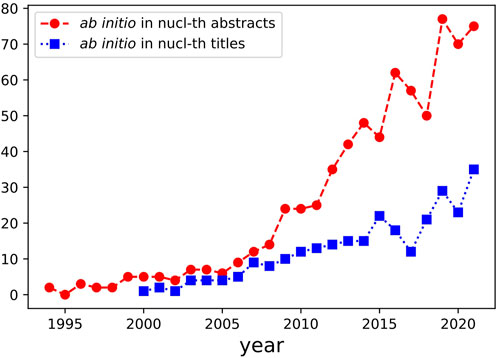
A key theme that has persisted throughout history, from Aristotle to the 17th century, is the progression of motion theories. The understanding of motion in classical physics experienced a groundbreaking transformation with the principle of inertia, which is primarily attributed to Isaac Newton. Nonetheless, the foundations of this principle were established much earlier. Newton’s First Law, as expressed in his “Principia” (1687), asserts that a body at rest or in uniform straight-line motion will remain so unless influenced by an external force. Although Newton did not specifically use the term “inertia,” his concepts of “inherent force of matter” and resistance to changes in motion were crucial.
The notion of inertia marked a significant alteration in how physical reality was perceived. Earlier models, especially Aristotle’s, maintained that a force was required to keep motion occurring. Aristotle’s rationalizations for projectile motion were unpersuasive, claiming that the air moved to uphold motion once a projectile was launched. Subsequently, thinkers like John Philoponus introduced ideas like impetus to clarify sustained motion in the absence of constant force. The inertia principle dismissed these notions, radically altering the comprehension of motion.
The origins of this principle can be traced back to Galileo, who detailed the idea in his writings that a moving body will continue its motion unless obstructed. However, it is misleading to attribute the development of the concept solely to him, as he only applied inertia to horizontal motion. The narrative becomes richer when acknowledging contributors like Johannes Kepler, who named the term “inertia” but misinterpreted its full significance, assuming a body would halt without an applied force.
The French philosopher René Descartes significantly advanced Newton’s First Law, yet he derived it from Isaac Beeckman, a lesser-known figure. Despite not publishing his results, Beeckman had an impact; his interactions with figures such as Descartes disseminated pivotal ideas about motion. Beeckman’s research, shaped by his experiences in mechanics, mathematics, and physics, provided the earliest accurate definition of inertia, even though he envisioned it relevant to both linear and circular motions.
Comprehending the evolution of the inertia theory involves recognizing the interconnected efforts of numerous scholars. From the rigid frameworks of Aristotelian physics to Newton’s groundbreaking laws, the understanding of inertia evolved to become the foundation of contemporary physics. Isaac Beeckman’s influence, often eclipsed by well-known figures such as Kepler, Galileo, Descartes, and Newton, serves as a reminder of the collaborative and accumulative essence of scientific development. This narrative encourages us to look beyond the prominent names and value the collective human effort that shapes our grasp of the universe.